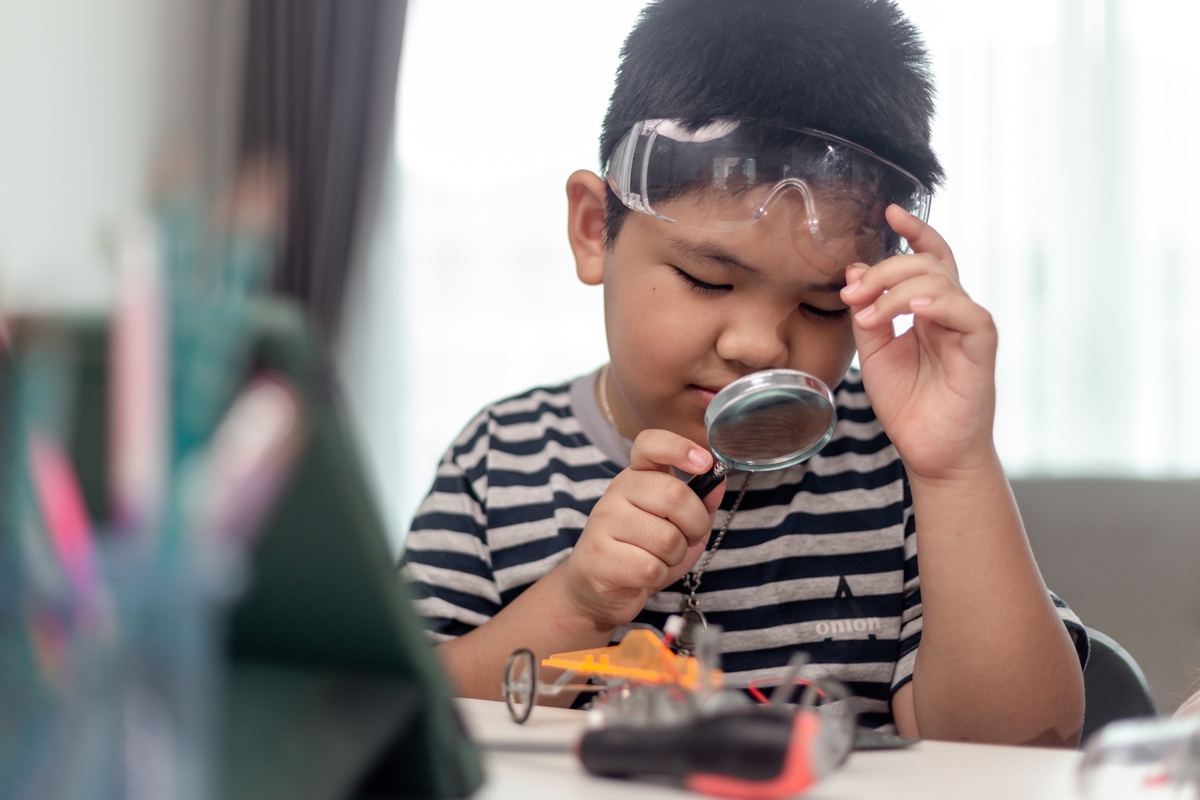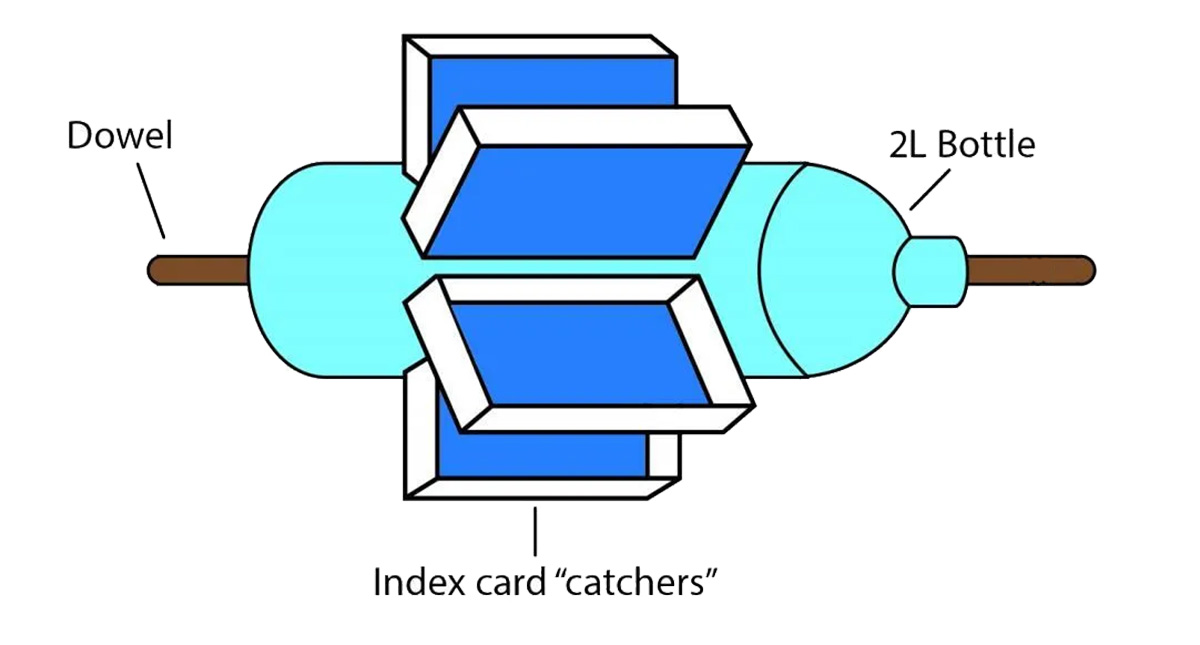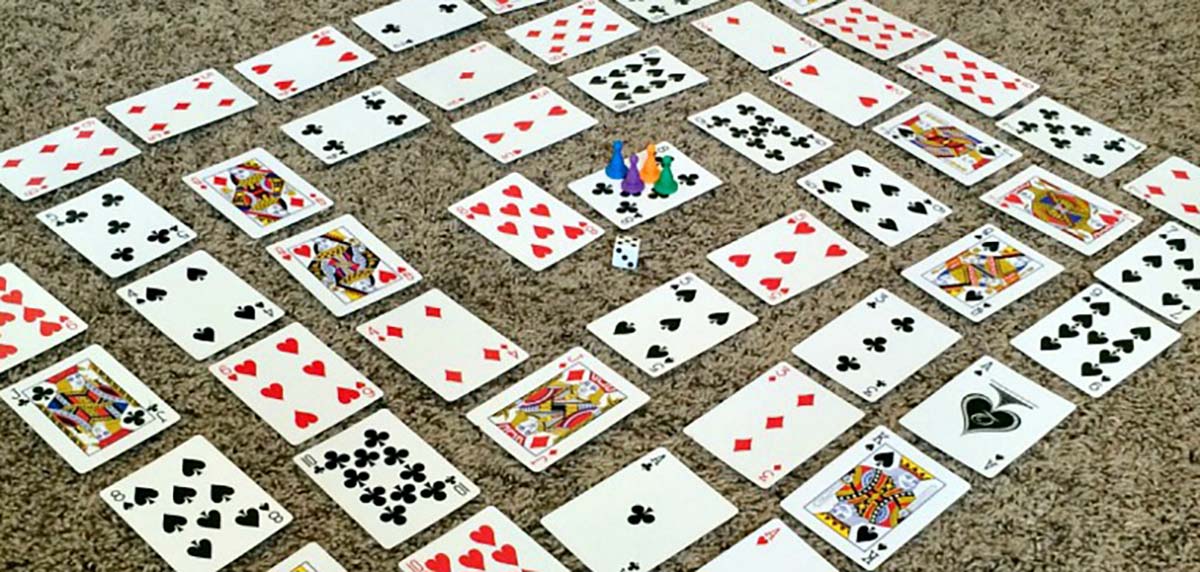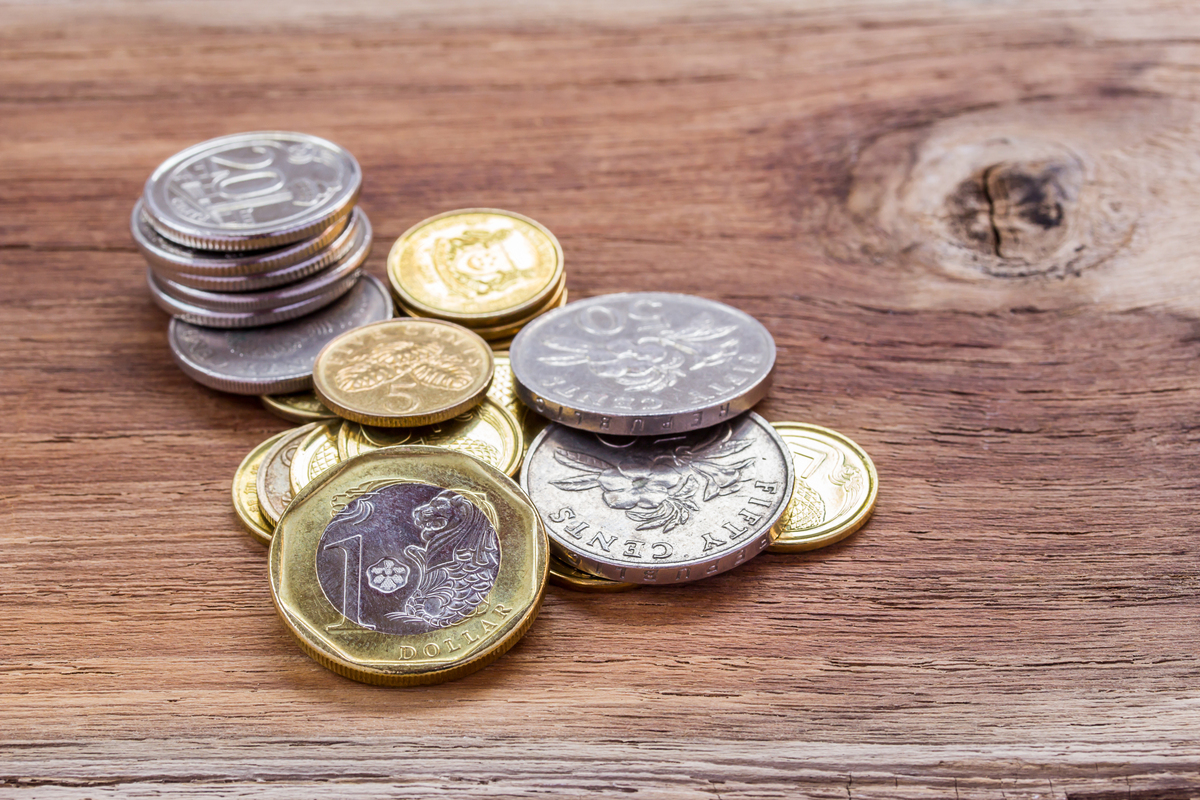
STEM subjects (Science, Technology, Engineering, Math) help build important skills kids need for school and in their future careers. STEM classes have the added benefit of improving problem-solving, creativity, and adaptability that come with these subjects. Here at Spark Math, we not only excel in putting the “M” in STEM, and we know the importance of making STEM part of everyday life. In this series, we will explore some of the most fun, interactive, and educational STEM activities by level that you can try at home. Check out these fun STEM activities for Primary 4students!
1) Learn about creating energy by building your own water wheel
In Primary science, students will learn about different forms of energy and how energy is converted to create motion or electricity. The earliest use of water wheels to transfer energy and help power machines was in the 5th century BC by a disciple of Confucius where water-powered machines did everything from turning grain mills to creating cast iron objects. Today, water passing through hydroelectric dams is a vital source of renewable energy.
In this activity, children will create their own water wheel to understand the energy in moving water and how it is used to help run the world.

What you need:
- 1 empty plastic soft drink bottle (1.5 litre)
- Scissors
- Tape
- 6 large index cards (about 10 x 15 cm in size)
- Plastic wrap (You can also use plastic zip bags or tin foil)
- Marker
- Dowel or round wooden stick (Longer than the bottle and not wider than the mouth of the bottle)
- A water source (This can be a tap or another large bottle of water to make the water wheel work)
- A sink or bucket (This is where to place the water wheel to catch the water. The wooden stick should be able to hold up the bottle on both sides of the water catch.)
Building Instructions:
- With the marker, draw six equally spaced out lines (top to bottom) at the centre of the bottle. Tape the buckets (to be made out of index cards) at these lines.
- Make small open-top boxes from the index cards using scissors and tape. Draw a big X or circle in the centre of one of the boxes with your marker. This makes it easier to see how fast your water wheel is spinning.
- Waterproof the index card boxes by wrapping them in plastic wrap, tin foil, or plastic zip bags tightly.
- Tape the top edge of the index card boxes to the soda bottle to the drawn lines. The open top of the boxes should all face the same direction so it looks like a Ferris wheel.
- Make a hole at the bottom of the bottle that is about the size of the mouth of the bottle.
- Insert the round wooden stick through the mouth of the bottle and through the hole you create at the bottom of the bottle.
Experiment Instructions:
- Place the plastic bottle water wheel in the centre of the sink or bucket.
- Make sure the bottle is at the centre of the wooden stick, and that the wooden stick sticks out by at least 8 cm on each side of the bottle.
- Tape the wooden dowel to the sink or bucket on both sides. Secure the wooden stick but ensure that the bottle can freely spin.
- Turn on the tap or start pouring water onto the open-top boxes.
- The bottle will start spinning around the stick and you have a working water wheel!
What is Happening?
This simple experiment helps show how energy is converted from one form into another. When water flows from the sink or bottle, the gravitational potential energy of the falling water is converted to kinetic energy. The kinetic energy is transferred from the falling water to the bottle, causing it to spin.
The same concept is found in hydroelectric dams! Generators in the dam convert the kinetic energy in moving water into electrical energy used in schools, shopping centres, and homes. This process of generating hydroelectric power does not produce greenhouse gases, and is one of the best renewable sources of energy on the planet!

Ways we can learn!
- Calculate the Average: Count how many rotations your water wheel does in a minute, then divide that number by 60 to find the average number of rotationseach second.
- Optimise Your Design: Try and come up with new ways to make the bottle spin faster. For a start, consider replacing the boxes with playing cards or plastic spoons.
- Adapt Your Design: Tie a string to the mouth of the bottle and the other half to a toy or small object. Is your water wheel powerful enough to lift small objects?

2) Spiral: A fun multiplication game
Multiplication by 2-digit numbers is one of the biggest skills children learn in Primary 4 mathematics. Finding fun and interactive ways to use math concepts is key to helping children truly understand and embrace mathematics. Spiral is a board game you can play with objects at home which allows you to create different math problems each time you play it.
What you need:
- A deck of playing cards
- Player tokens (You can use playing pieces from other board games or some of your favourite smaller toys)
- A single die (Although a 6-sided die is a good start, you can consider using a 12- or 20-sided dieto make it more challenging)
- Paper and pen/pencil to work out problems
Building the playing board:
- You are going to create a game board using all of the 52 playing cards. Place the playing cards in a spiral pattern (either circle or square).
- Put your player tokens in the centre of the spiral.
How to play:
- Each playing card is a space on the board.
- Players take turns rolling the die and moving the number of spaces shown on the die on the board.
- Multiply the number on the playing card you land on by the number you rolled.
- If you get the answer correct,remain at your spot. If not, you have to move back to your previous spot.
- The values of the face cards are as follows: Ace = 1, Jack = 11, Queen = 12, King = 13. You can create much more challenging math problems with a 12- or 20-sided die!
- The first player to get to the end of the board wins the game!
Learning made fun!
Spiral is a great way to practice Primary 4 math skills as every roll of the dice brings with it a new challenge to be solved. This game lets students apply the multiplication they learnt in class outside of the classroom and promises an exciting result for those who can solve the question correctly. This game is also a great way for families to stay up-to-date on their multiplication skills. Working together to solve problems is a great way for kids to show, and teach their parents, how to use the skills they have learnt in school.

3. Using money to learn about decimals (and vice versa)
Although children are first introduced to decimals in Primary 4 mathematics, decimals are constantly used in everyday life. How so, you might wonder? Every time money is spent, decimals are used. For children learning decimals, connecting them to something they understand, like money, makes these new math concepts more easily understandable. Associating parts of a whole with physical items helps children better understand the value of decimals. Coins best represent how we break down a whole by breaking down a dollar into cents, and we can represent coins not only by their value in cents but by their value in dollars in decimals.
1 cent is 0.01 of a dollar
5 cents is 0.05 of a dollar
10 cents is 0.10 of a dollar
20 cents is 0.20 of a dollar
100 cents is 1.00 of a dollar
For parents who want to teach their children about the importance of saving, this may be the perfect time to introduce their children to a piggy bank. This will help them keep track of different amounts and types of money and how smaller parts add up to become bigger parts. Deciding on a big item to save up for is a fun way to show your children how you can build enough for a larger whole with enough smaller parts.
Spark Math, a STEM.org Accredited Programme
On 28 March 2023, Spark Math was awarded the STEM.org Accredited trustmark. This accreditation from STEM.org is a recognition of the excellence and effectiveness of the Spark Math programmes. We are proud to receive this award from STEM.org even as we strive to continue providing high-quality, important lessons to our students. When your child studies at Spark Math, they will be experiencing engaging lessons that develops their knowledge of STEM.
Build STEM and Math Skills With Spark!
Looking for more fun and interactive STEM activities for every grade? Check out our Spark Education blog for great news and activities the whole family can enjoy.
Looking for a weekly online class filled with learning activities, gamified learning, and all led by real experienced math teachers? Sign up to try a free demo class today!
Pre- K / Kindergarten – Primary 1 – Primary 2 – Primary 3 – Primary 4 – Primary 5




